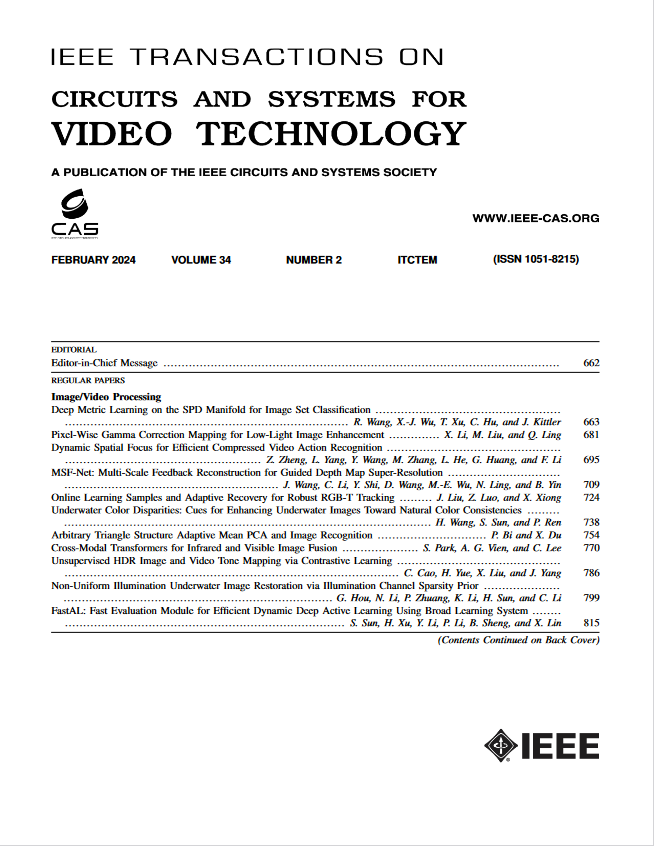MoBox: Enhancing Video Object Segmentation With Motion-Augmented Box Supervision
IF 8.3
1区 工程技术
Q1 ENGINEERING, ELECTRICAL & ELECTRONIC
IEEE Transactions on Circuits and Systems for Video Technology
Pub Date : 2024-08-29
DOI:10.1109/TCSVT.2024.3451981
引用次数: 0
Abstract
We propose MoBox, a low-cost solution for semi-supervised video object segmentation that requires only bounding boxes as manual annotations for training. Built upon a mature semi-supervised video object segmentation network, we redesign the training losses and employ a more stringent training strategy. Specifically, we introduce a well-designed constraint term that enhances traditional spatial projection by simultaneously leveraging the projections of both the ground-truth box and the predicted mask across two axes, rather than evaluating discrepancies along the x-axis and y-axis independently. To harness the intrinsic properties of videos, considering the underlying correspondence between motion represented by optical flow and the original image, we incorporate motion coherence information into the color consistency loss as supplementary information and propose a motion discrepancy loss to obtain accurate boundaries. Additionally, to mitigate the ambiguity of weak supervision, we further introduce the pseudo strict constraint during training, which significantly improves model performance. Our approach yields competitive scores on popular benchmarks, achieving aMoBox:利用运动增强盒监督增强视频对象分割功能
本文章由计算机程序翻译,如有差异,请以英文原文为准。
求助全文
约1分钟内获得全文
求助全文
来源期刊
CiteScore
13.80
自引率
27.40%
发文量
660
审稿时长
5 months
期刊介绍:
The IEEE Transactions on Circuits and Systems for Video Technology (TCSVT) is dedicated to covering all aspects of video technologies from a circuits and systems perspective. We encourage submissions of general, theoretical, and application-oriented papers related to image and video acquisition, representation, presentation, and display. Additionally, we welcome contributions in areas such as processing, filtering, and transforms; analysis and synthesis; learning and understanding; compression, transmission, communication, and networking; as well as storage, retrieval, indexing, and search. Furthermore, papers focusing on hardware and software design and implementation are highly valued. Join us in advancing the field of video technology through innovative research and insights.

 求助内容:
求助内容: 应助结果提醒方式:
应助结果提醒方式:


